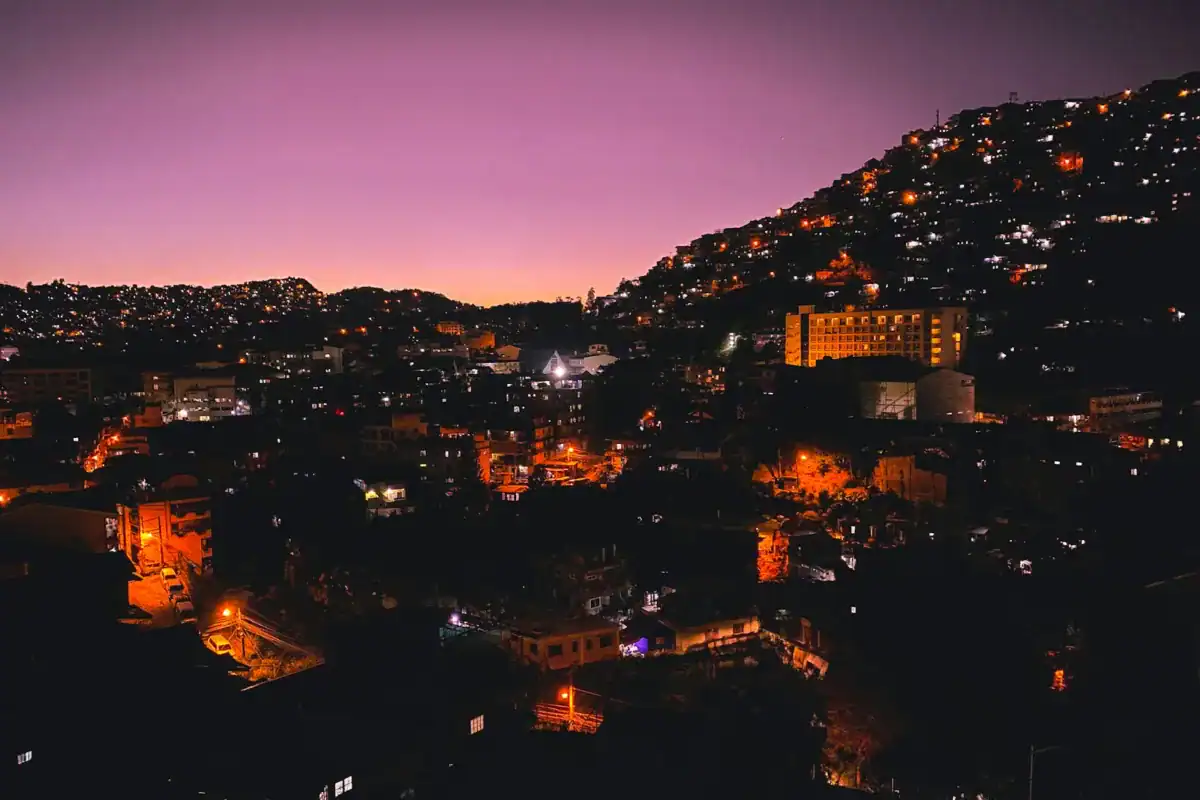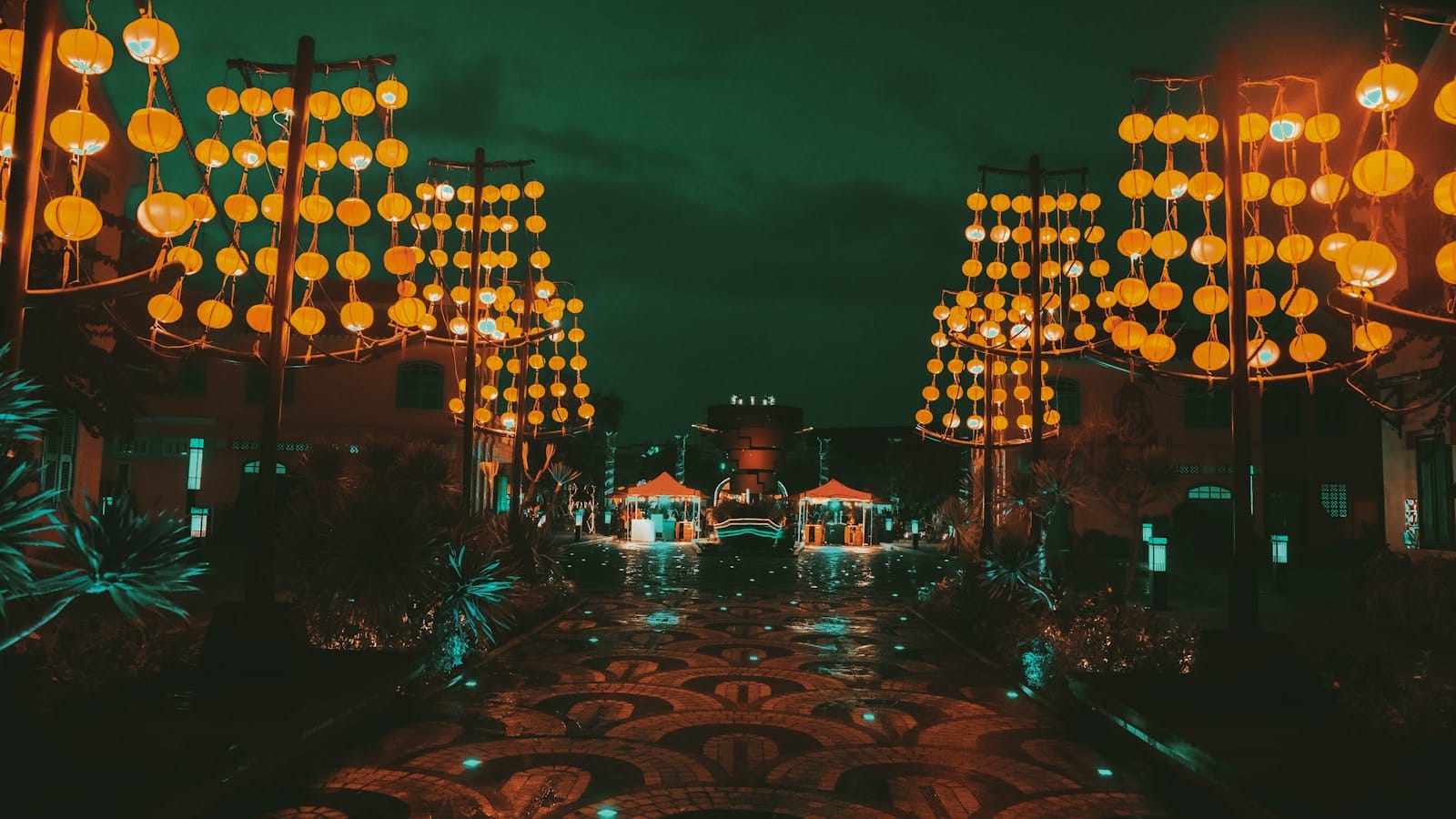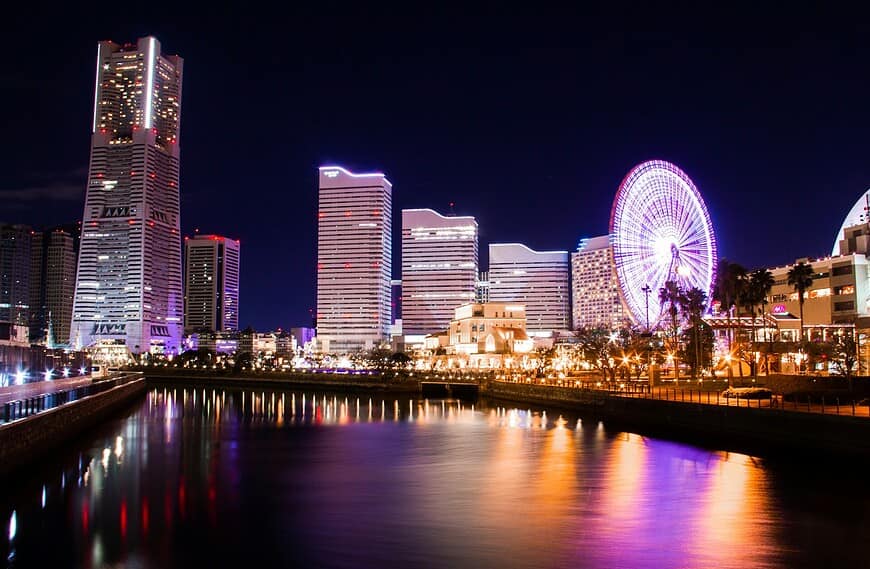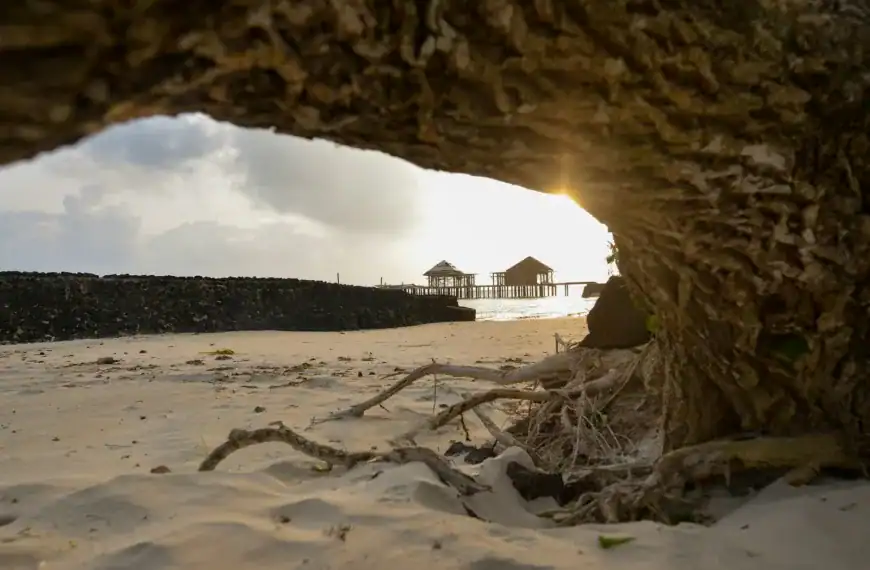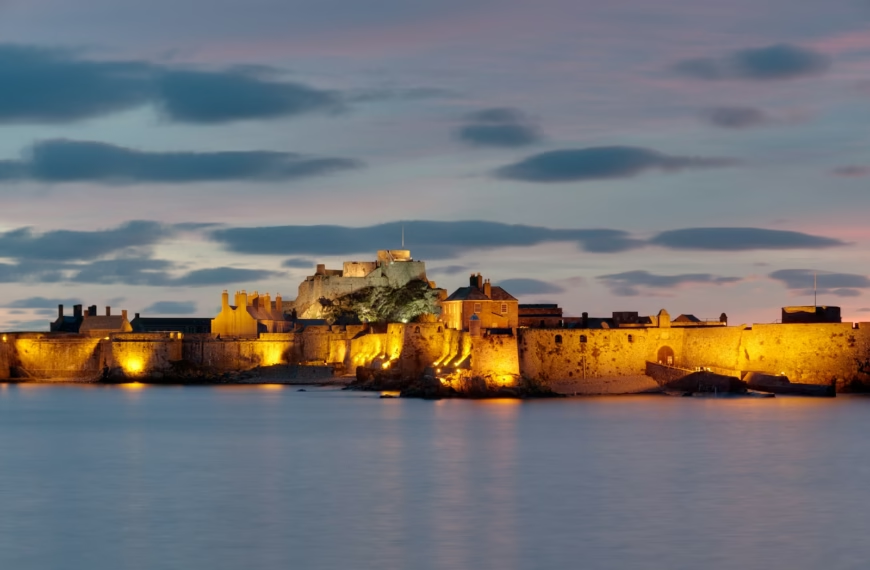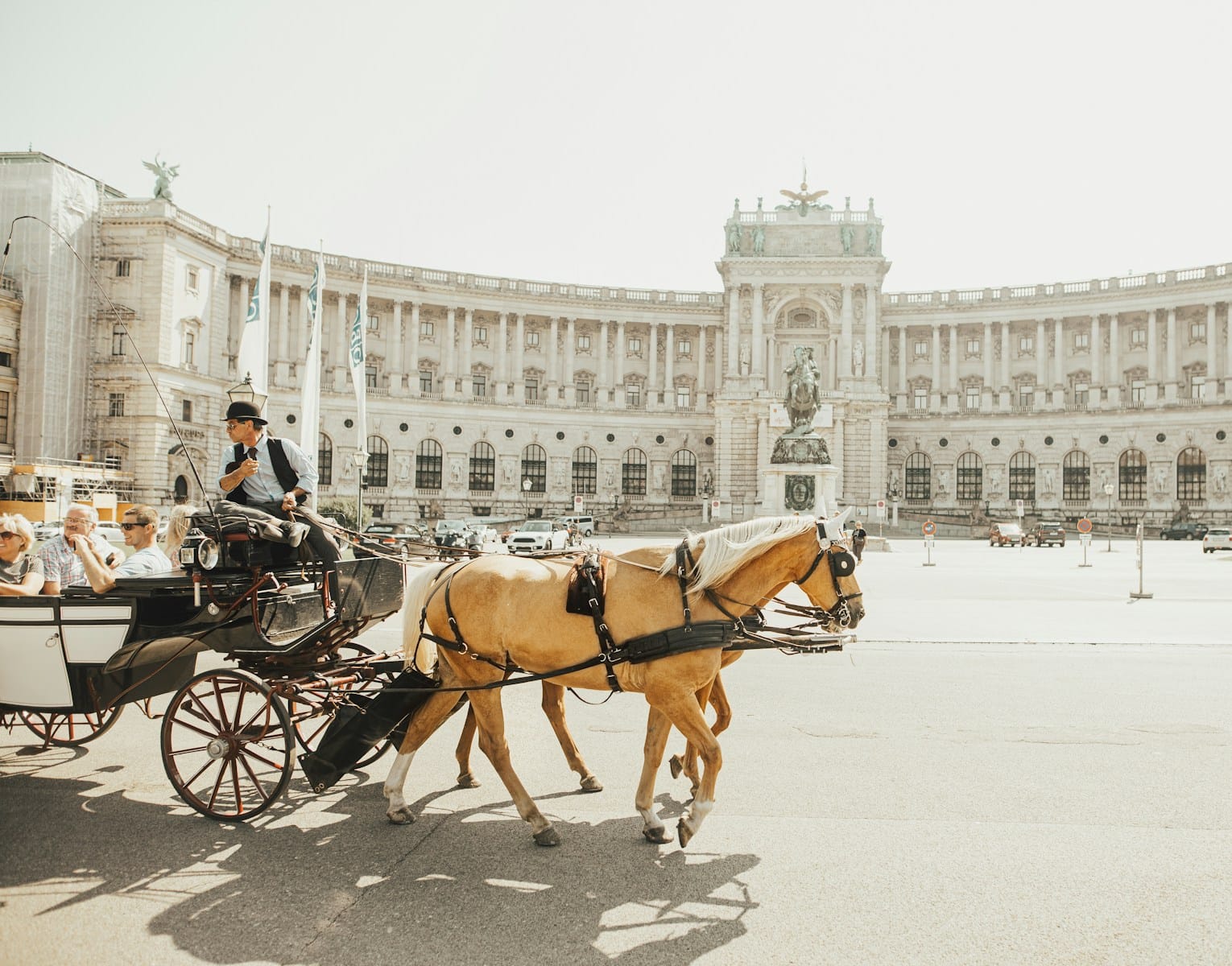Baguio Travel Guide – The Summer Capital of the Philippines
Intro to Baguio Travel Guide
High in the Cordillera mountains, Baguio offers pine-covered hills, cool air, and a cultural blend of highland tradition and colonial history. Dubbed the “Summer Capital of the Philippines,” it has long been the country’s escape from the tropical heat. From bustling Session Road to serene Burnham Park, from strawberry fields in La Trinidad to weaving villages of the Cordillera people, Baguio balances urban energy with mountain calm. This Baguio travel guide will help you plan your journey into the Philippines’ hill station, where culture, creativity, and nature thrive together.
Top Landmarks & Attractions in Baguio
Baguio Botanical Garden | Burnham Park | Camp John Hay | La Trinidad Strawberry Farm | Mines View Park | Session Road | Tam-awan Village | The Mansion | Wright Park | Baguio Cathedral
💡Quick Facts:
Destination: Baguio
Continent: Asia
Country: Philippines
Region/Province: Cordillera Administrative Region, Benguet Province
Area: ~57.5 km² (22.2 mi²)
Population: ~366,000 (2020 census)
Density: ~6,400/km²
Known As: “Summer Capital of the Philippines”
Official Languages: Filipino, English; Ilocano, Kankanaey, and Ibaloi also spoken
Currency: Philippine Peso (PHP, ₱)
Time Zone: Philippine Time (PHT, UTC+8)
Nearest Airports: Loakan Airport (domestic, recently reopened), Clark International Airport (CRK, ~3 hrs), Ninoy Aquino International Airport (MNL, ~5 hrs)
Climate: Subtropical highland; cool temperatures compared to lowlands
Known For: Burnham Park, Session Road, Panagbenga Festival, ukay-ukay thrift shops, mountain views
Religion: Predominantly Roman Catholic, with Christian minorities
🛂Arrival Info:
Entry Requirements: Philippines entry rules apply — many nationalities visa-free for up to 30 days; others need e-visa or visa on arrival. Philippines Immigration
Customs Restrictions: Standard Philippine allowances apply for alcohol, tobacco, and medications.
Ports of Entry: Accessible mainly by road from Manila, Clark, or nearby provinces. Loakan Airport has limited flights.
Entry/Exit Fees: None for domestic or international arrivals.
🏥Health Info:
Vaccines: Routine plus Hepatitis A, Typhoid, and Tetanus recommended.
Healthcare: Baguio General Hospital and Medical Center, Notre Dame de Chartres Hospital, and private clinics provide care.
Emergency Care: Dial 911 nationwide.
Tap Water: Not recommended for drinking; bottled or filtered water advised.
Insurance: Recommended for health coverage; evacuation not typically necessary.
🚑 Check travel insurance options for travel emergencies, delays, and medical needs abroad — Get coverage here
💉 Stay Informed with Official Updates: WHO – International Travel & Health | CDC – Travel health updates
🚨Travel Advisory:
Overall Safety: Baguio is considered very safe, with low violent crime rates.
Crime: Pickpocketing and bag theft occasionally occur in crowded areas like Session Road and bus terminals.
Scams: Overcharging by taxis or tricycles; fake tour offers during peak Panagbenga season.
Weather Risks: Landslides and road closures possible during heavy monsoon rains (Jun–Oct). Cool weather may surprise visitors from tropical areas.
Political/Demonstrations: Peaceful rallies occur occasionally but rarely impact visitors.
🌍Track Real-Time Official Updates: US Travel Advisory | UK Foreign Travel Advice | Government of Canada | NZ SafeTravel
🥳Holidays:
New Year’s Day – Jan 1
Panagbenga Festival – Feb–Mar (month-long, peak parade dates vary)
Independence Day – Jun 12
All Saints’ Day – Nov 1
Christmas Day – Dec 25
Rizal Day – Dec 30
Holy Week – Maundy Thursday, Good Friday (movable)
💰Visitor Info:
Currency & Payments: PHP; ATMs widely available. Cash useful for markets and street vendors.
Tipping: 5–10% in restaurants; not mandatory.
Tourist Taxes: None; hotels may add service charge.
Costs: Coffee ₱100–150, taxi fare ₱40 base + ₱13/km, meal ₱150–300.
🛫Airports:
Loakan Airport (BAG): Limited domestic flights; reactivated for Manila–Baguio connections.
Alternatives: Clark International (CRK) and Manila (MNL), both connected by bus services.
🧳 Delayed or canceled flight? Check if you’re eligible for compensation
🚍Transport:
Local Transit: Jeepneys, taxis (metered), UV Express vans, and buses.
Intercity: Victory Liner and other bus companies connect to Manila, Pangasinan, La Union, and Northern Luzon.
Driving: Roads steep and winding; congestion common on weekends/holidays.
Tourist Routes: Manila–Baguio via TPLEX and Kennon, Marcos, or Naguilian Roads (~4–6 hrs).
🚗 Book reliable airport transfers and in-city rides in advance. Reserve your ride here
🛰️Connectivity:
SIM/eSIM: Globe, Smart.
Coverage: Strong in city proper; weaker in remote mountain barangays.
Wi-Fi: Available in hotels, cafes, malls; speeds vary.
Power: 220V, 60Hz, Type A/B/C plugs.
🛜 Stay connected abroad with affordable eSIM data packs. Get your eSIM here
📜Laws & Etiquette:
Alcohol: Legal age 18; widely available.
Drugs: Strict penalties for possession/use.
Dress Codes: Casual; layering advised due to cool climate.
Etiquette: Respect indigenous Cordillera communities and local traditions.
Environment: Smoking ban enforced in public places; littering fines apply.
👮Emergency Info:
Emergency: 911
Tourism Info: Philippines Tourism
Hospitals: Baguio General Hospital, Notre Dame de Chartres Hospital
🗺️US/UK Embassies Abroad: US Embassies | UK Embassies
🏛️ Embassy locator tools: Embassies Worldwide
🌞Weather:
Climate: Subtropical highland; average highs 20–26°C (68–79°F), lows 10–16°C (50–61°F).
Dry Season: Nov–Apr; best travel time, cool mornings/evenings.
Wet Season: May–Oct; heavy rainfall, landslide risks.
Rainfall: ~3,000 mm annually, heaviest in Jul–Sep.
Daylight: 11–13 hrs year-round.
Forecasts: PAGASA
🌦️ Stay prepared—check the weather forecast for your destination — Weather Forecast
Exploring Baguio by Area
Session Road
The city’s main commercial artery, Session Road is filled with cafés, restaurants, and shops. It’s the perfect place to start, people-watch, and get a feel for Baguio’s bustling atmosphere.
Burnham Park
A green heart in the middle of the city, Burnham Park offers boating on its lagoon, biking lanes, and gardens where locals gather daily.
Camp John Hay
Once a U.S. military base, this pine-covered area is now a resort hub with golf courses, hotels, and hiking trails. It retains a colonial-era charm.
Mines View Park
Perched on the city’s edge, this viewpoint offers sweeping panoramas of old mining towns and mountain ranges. Vendors sell local crafts and snacks.
La Trinidad
A neighboring town known for its strawberry farms, where visitors can pick their own berries. It’s also a hub for vegetable farming.
Tam-awan Village
An artist’s village and cultural space preserving Ifugao huts and Kalinga heritage. It hosts exhibits, workshops, and performances.
Baguio Cathedral
The neo-Gothic Our Lady of the Atonement Cathedral towers above Session Road, offering history and quiet reflection.
Can’t-Miss Sights in Baguio
Scenic & Cultural Icons
- The Mansion: The official summer residence of the Philippine President, with manicured gardens.
- Botanical Garden: A mix of native flora, sculptures, and traditional Cordillera huts.
- BenCab Museum: Founded by National Artist Benedicto Cabrera, showcasing contemporary and indigenous art.
Family Favorites
- Wright Park: Famous for horseback riding, especially for children.
- Baguio Public Market: Bustling with local produce, silver crafts, and woven items.
Natural Escapes in and Around Baguio
Mt. Yangbew (La Trinidad)
A short hike from the city, offering sunrise and sunset views over the valley.
Mt. Sto. Tomas
A popular trekking destination with panoramic views, often misty and cool.
Asin Hot Springs
Natural hot pools in nearby Tuba, perfect for relaxing after city exploration.
Balatoc Mines Tour
An educational adventure where visitors can don helmets and explore tunnels once used for gold mining.
Must-See Experiences in Baguio
- Strawberry Picking: Head to La Trinidad’s farms for seasonal picking, usually between November and May.
- Ukay-Ukay Shopping: Baguio is famous for its thrift shops offering branded clothing at bargain prices.
- Café-Hopping: From artisan coffee roasters to cozy hillside cafés, Baguio has a thriving café culture.
- Festival Watching: Time your trip for Panagbenga, the Flower Festival held every February.
See Baguio like a local with that showcase mountains, markets, and culture, alongside must-try things to do in Baguio. Reserve early for smooth travel days.
- Ili-Likha Artists’ Village: A creative food and art space built with recycled materials.
- Mirador Heritage & Eco Park: Featuring Japanese gardens, bamboo groves, and panoramic city views.
- Arca’s Yard: A café-library-museum hybrid with Cordillera-inspired architecture and views.
- Diplomat Hotel Ruins: A hilltop abandoned building, now a cultural landmark with sunset views.
Cultural & Historic Highlights of Baguio
- Baguio Museum: Displays Cordillera artifacts, textiles, and history.
- Panagbenga Festival: A month-long Flower Festival with street parades and floral floats.
- Ifugao & Kalinga Craftsmanship: From woodcarving to weaving, Cordillera artistry is alive in markets and villages.
- Ukay-Ukay Heritage: Baguio pioneered thrift shopping in the Philippines, now part of its urban culture.
Eating Your Way Through Baguio
- Strawberry Taho: A warm soy curd snack topped with strawberry syrup, found near parks and farms.
- Good Shepherd Ube Jam: A famous purple yam preserve, often bought as a souvenir.
- Cordillera Dishes: Pinikpikan (native chicken dish) and etag (cured pork) highlight indigenous cooking.
- Market Finds: Fresh vegetables, Arabica coffee beans, and peanut brittle.
- Café Culture: Hill stations and mountain cafés serve locally roasted beans with views.
Nightlife and Events in Baguio
- Session Road Bars: From craft beer pubs to karaoke spots, nightlife thrives in the city center.
- Café Evenings: Many visitors choose chill nights in mountain cafés over clubs.
- Panagbenga Festival: February’s highlight with concerts, exhibitions, and markets.
- Ukay-Ukay Night Market: Harrison Road transforms into a bargain-hunter’s haven nightly.
Suggested Baguio Travel Itinerary Ideas
3 Days in Baguio
- Day 1: Explore Session Road, Burnham Park, and the Baguio Cathedral.
- Day 2: Visit The Mansion, Wright Park, Botanical Garden, and Mines View Park.
- Day 3: Take a countryside trip to La Trinidad for strawberry picking, then relax at cafés.
5 Days in Baguio
- Day 1–3: Follow the 3-day itinerary.
- Day 4: Visit BenCab Museum, Ili-Likha Artists’ Village, and Mirador Heritage Park.
- Day 5: Take a side trip to Asin Hot Springs or trek Mt. Yangbew.
7 Days in Baguio
- Day 1–5: Follow the 5-day plan.
- Day 6: Explore Tam-awan Village and Diplomat Hotel Ruins.
- Day 7: Enjoy leisure time with ukay-ukay shopping and a sunset café visit.
10 Days in Baguio
- Day 1–7: Follow the 7-day itinerary.
- Day 8: Join a Balatoc Mines heritage tour.
- Day 9: Take a longer trek at Mt. Sto. Tomas.
- Day 10: Spend your last day at local markets for souvenirs and fresh produce.
Where to Base Yourself in Baguio
- Session Road Area: Best for first-time visitors, central to restaurants and shops.
- Camp John Hay: Ideal for families and travelers seeking resort stays.
- La Trinidad: Perfect for those wanting quieter countryside experiences.
- Outskirts & Homestays: Good for backpackers and cultural immersion.
Insider Tips for Experiencing Baguio Like a Local
- Dress in layers — mornings and evenings are chilly even in summer.
- Visit Burnham Park early for quiet walks before it gets busy.
- Try jeepneys for local travel; they’re cheap and part of Baguio’s rhythm.
- Buy Good Shepherd jams in the morning — they often sell out by afternoon.
- Respect cultural sites in Tam-awan Village and indigenous areas.
- Jeepneys: Main transport connecting tourist areas.
- Taxis: Affordable and reliable, with meters.
- Walking: Many attractions are clustered in the city center.
- Private Cars: Recommended for countryside and mountain trips.
Best Time to Visit Baguio
- December–February: Coolest months, often dropping to single digits at night.
- March–May: Summer escape for lowlanders, with bustling parks and festivals.
- June–October: Rainy but lush, with fewer tourists.
- February: Panagbenga Festival is peak season, with heavy crowds.
Planning Your Stay in Baguio – Practical Tips
- Booking: Reserve early during Panagbenga Festival and holidays.
- Duration: 3–5 days cover highlights; 7–10 days allow deeper exploration.
- Budget: Street eats and ukay-ukay make Baguio budget-friendly.
- Connectivity: Strong in the city; weaker in mountain outskirts.
- Health: Bring jackets, especially in January and February nights.
Plan Smarter, Travel Better
Baguio isn’t just a summer retreat — it’s a cultural hub where traditions and modern creativity converge. This Baguio travel guide gives you the knowledge to balance sightseeing, shopping, and mountain escapes with confidence.
Continuing Your Journey Beyond Baguio
- Manila: The capital offers museums, nightlife, and colonial heritage.
- Vigan: A UNESCO-listed town with cobblestone streets and Spanish-era houses.
- Boracay: Famous for White Beach and its island party scene.
- Cebu: A central hub with heritage landmarks, whale sharks, and waterfalls.
- Palawan (Puerto Princesa): Gateway to the Underground River and island-hopping.
Final Tips for a Smart Baguio Adventure
- Avoid weekend traffic; arrive midweek if possible.
- Try mountain-grown coffee in local cafés.
- Carry cash for markets and small shops.
- Wear comfortable shoes for walking hilly streets.
- Visit parks early to enjoy peace before crowds.
- Support local artisans by buying woven goods and silver crafts.
- Don’t overpack — Baguio is best explored light and leisurely.
- Embrace slow mornings with pine-scented breezes.
It’s Time to Experience Baguio
With its pine-covered hills, cool air, and blend of indigenous and colonial heritage, Baguio remains a cherished destination in the Cordilleras. This Baguio travel guide prepares you for a journey of fresh air, vibrant culture, and relaxing escapes.
Plan your trip today, and let Baguio’s charm make you feel right at home in the mountains.

